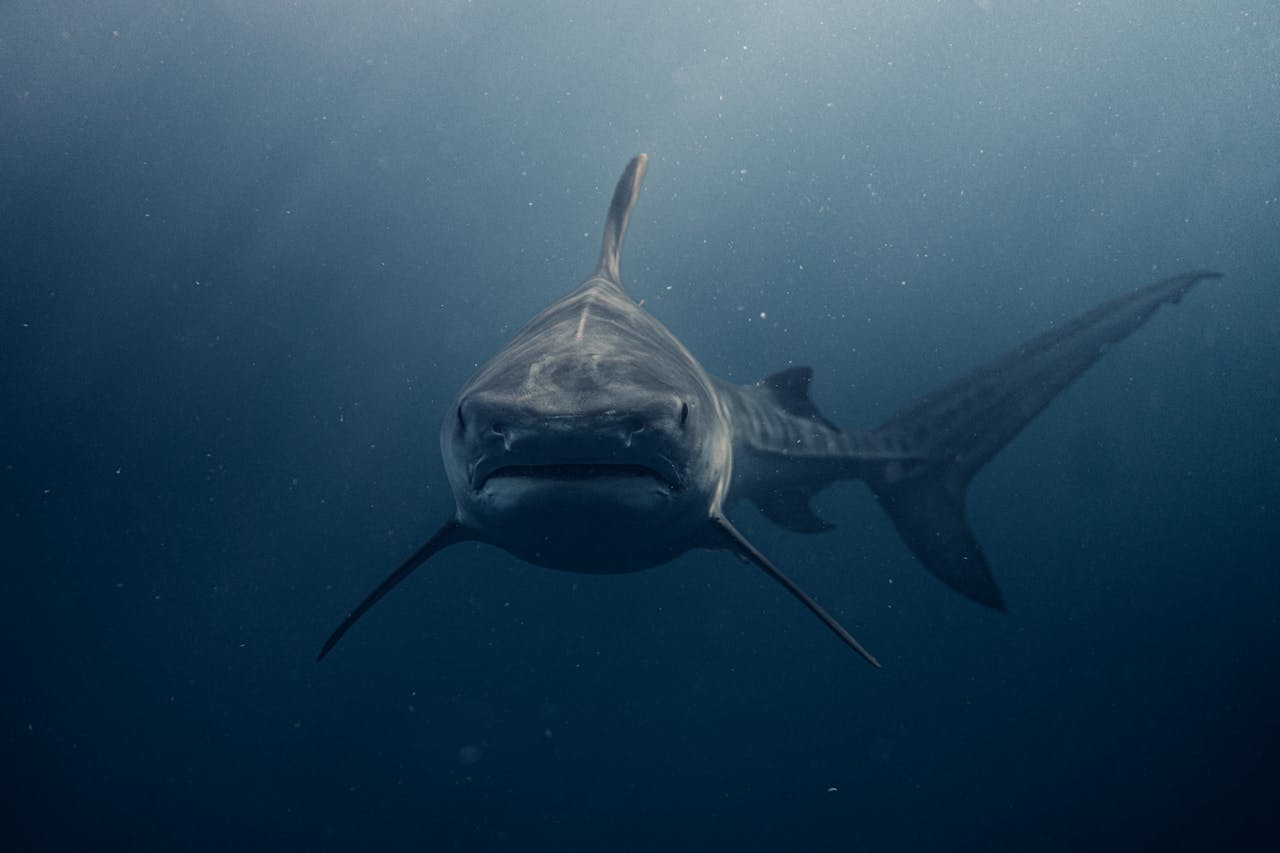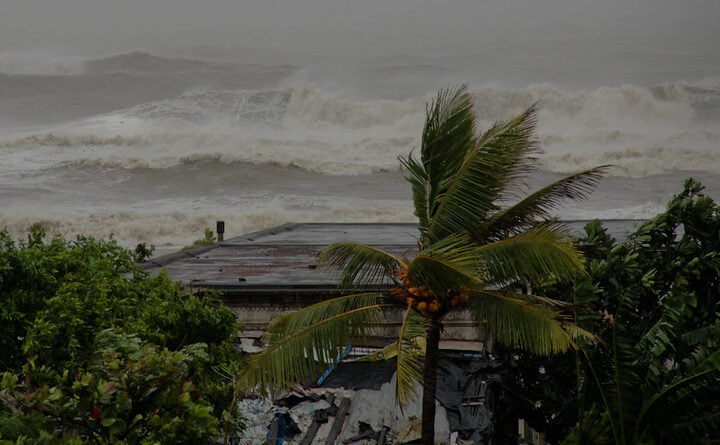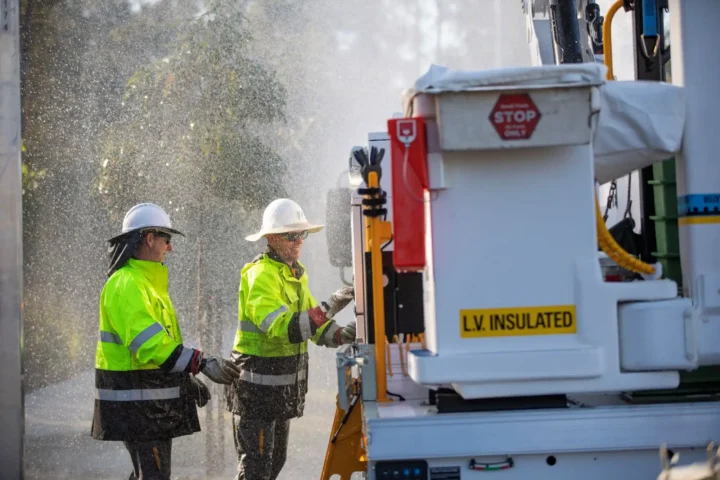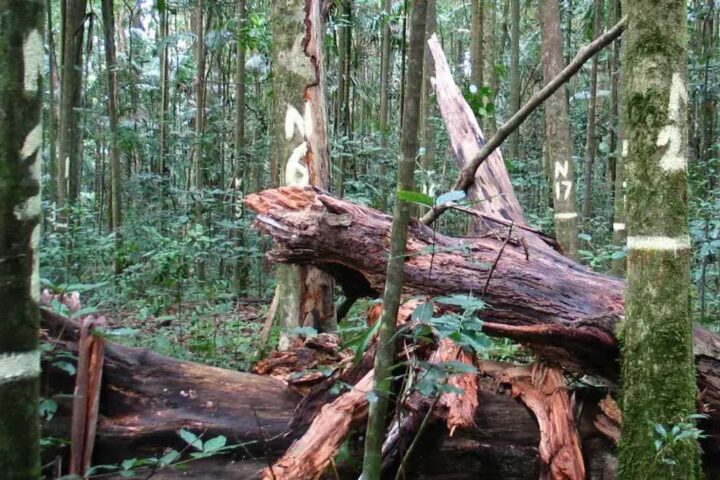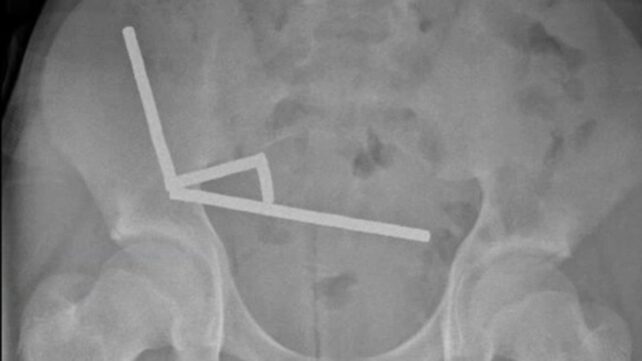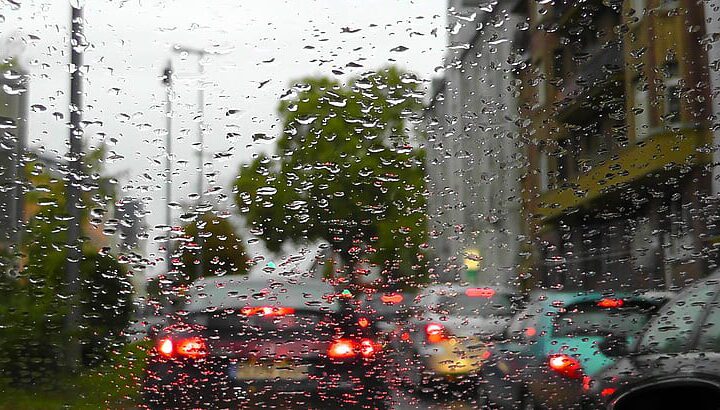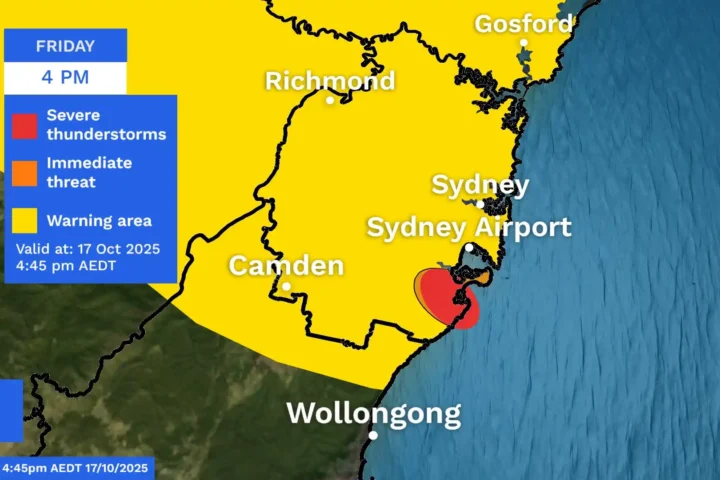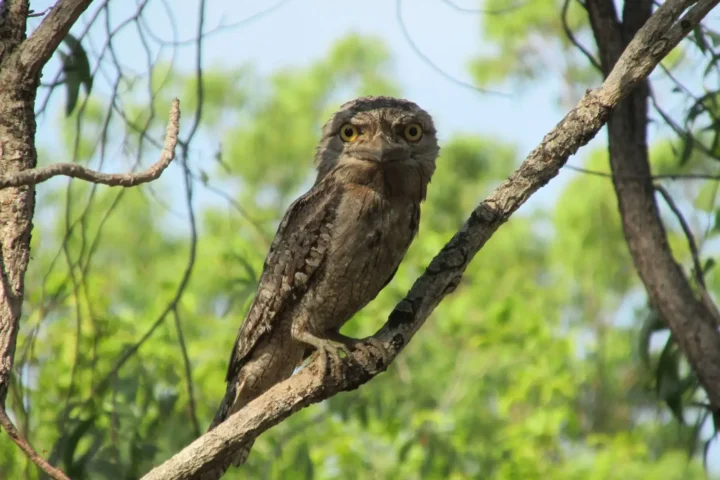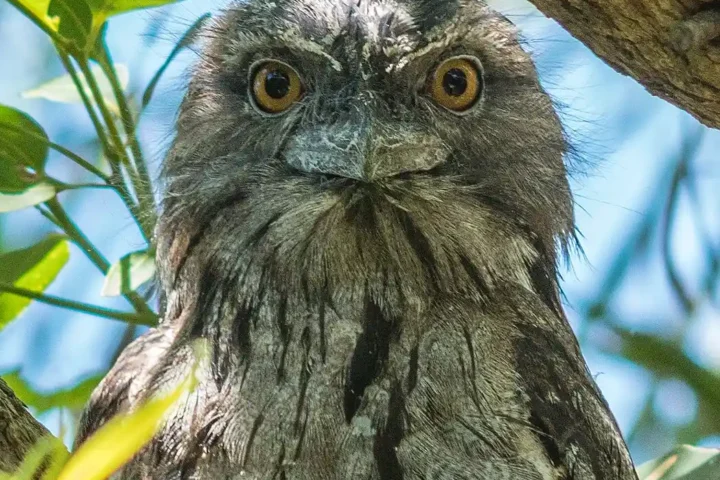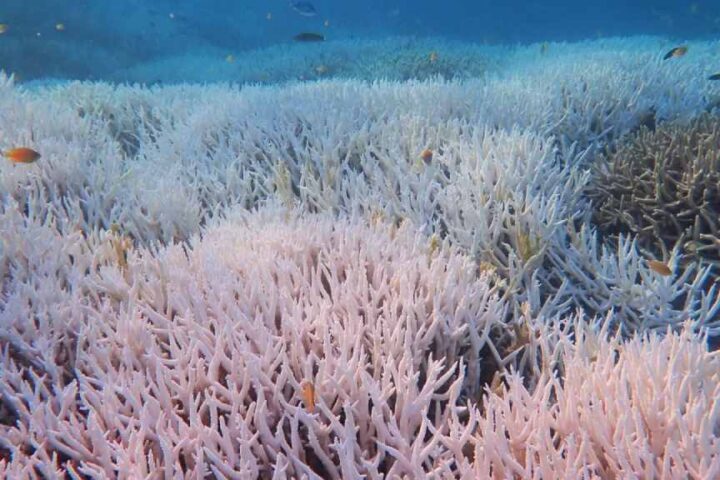The Queensland Government has announced an $88.2 million expansion of its Shark Control Program, marking the largest investment in the program’s 60-year history. The four-year plan, starting July 2025, aims to boost swimmer safety through a mix of traditional methods and new technology. But the plan has ignited fierce debate about whether it will actually make beaches safer or simply harm more marine life.
“Today’s announcement is big and bold. It puts swimmer safety first,” said Minister for Primary Industries Tony Perrett when unveiling the plan.
The expanded program will increase shark control equipment servicing to 365 days per year, weather permitting. It combines traditional shark nets and drumlines with newer approaches like drone surveillance and whale-deterrent technology.
Expanding Beach Protection
Seven beaches have been identified for new or expanded nets and drumlines:
- Gold Coast: Pacific Beach and The Spit
- Sunshine Coast: Happy Valley, Coolum North, and Peregian North
- Wide Bay: Elliott Heads and Moore Park
The government has also earmarked six locations for drone program expansion in 2025-2026, including Rainbow Bay/Greenmount on the Gold Coast, Cylinder Beach on North Stradbroke Island, and beaches in Mooloolaba, Tangalooma, Bundaberg, and Agnes Water.
These locations were chosen based on Surf Life Saving Queensland presence and data showing increasing beach use.
Safety vs. Conservation Concerns
The government insists the expanded program strikes “the right balance between ensuring swimmer safety and maintaining a healthy marine environment.” Officials cite a KPMG evaluation report claiming shark control equipment likely contributed to “substantially lower shark attacks where operational.”
But conservation groups strongly disagree.
Lawrence Chlebeck, marine biologist with Humane World for Animals, called the expansion “retrograde and irresponsible.”
“There is absolutely no scientific reason to do this,” Chlebeck said. “Scientists have long ruled out culling sharks as an effective public safety measure.”
Sea Shepherd Australia described the plan as “a dangerous escalation” that would “devastate marine life” while potentially “increasing risks to swimmers.”
Similar Posts
Environmental Impact and Legal Questions
The environmental toll of the current program is significant. Last year, 1,639 animals were caught, including 22 whales and dolphins, 37 turtles, and 46 rays, according to Humane World for Animals.
Over the past decade (2014-2023), 7,808 unintended non-target animals were captured in Queensland’s shark control equipment, including 734 protected species like critically endangered grey nurse sharks, dolphins, whales, turtles, and dugongs.
Jonathan Clark from Sea Shepherd Australia raised legal concerns about the expansion, suggesting it “may breach federal law” under the Environment Protection and Biodiversity Conservation Act 1999. The group says the exemption for Queensland’s program only continues if it doesn’t expand or intensify.
What Experts Say
Dr. Daryl McPhee, Associate Professor of Environmental Science at Bond University and expert on shark-human interactions, offered a sobering perspective.
“Regardless of how much the government spends and what it does, there are still likely to be unprovoked shark bites in Queensland waters,” McPhee said. “We have a lot of sharks and a lot of people going in the water.”
Conservation groups point to modern alternatives like SMART drumlines, which alert contractors when an animal is caught and allow for live release and tagging. Trials in New South Wales have shown 99% of targeted sharks and 98% of other animals were released alive – a stark contrast to Queensland’s lethal methods.
Tourism and Public Perception
The Queensland government emphasizes protecting the state’s $33 billion tourism industry by maintaining its “international tourism reputation as a safe place to enjoy some of the best beaches in the world.”
The investment follows two recent shark-related incidents in Queensland waters, including the fatal attack on school chaplain Luke Walford while spearfishing at Humpy Island and 17-year-old surf life-saver Charlize Zmuda who was injured while swimming at Bribie Island.
As the debate continues, the question remains whether this historic investment will actually make beaches safer or simply take a greater toll on marine life without addressing the root causes of shark encounters.
